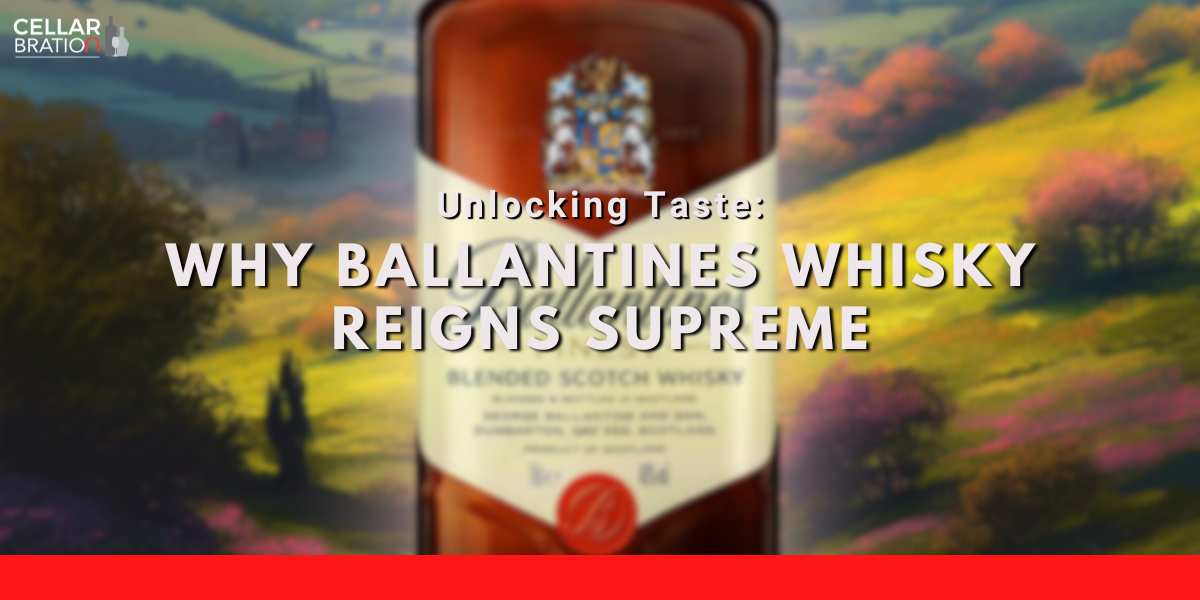
Continuing from the previous article on the first half of quintessential Australian wines such as the Shiraz, Cabernet Sauvignon, Chardonnay and Grenache, we further foray into the vineyards of Australia to introduce the Semillon, Pinot Noir, Riesling and Sauvignon Blanc.
Semillon
The Semillon may not be a popular variety in comparison to the other wines we have featured, but it does not deserve any less attention. The Semillon variety can be traced back to that of the Bordeaux region in France, and has made its home in Australia since 1840.

In the glass, the Australian Semillon is often light to medium bodied, with fewer aged characteristics, to appreciate its crispness and freshness that the grape naturally has in early stages. However, that is not to say that the Semillon does not have the capacity to age and unearth more complex flavours. Carrying notes of lemon, honey and fig, combined with waxy, herbal and toasty flavours are part of its profile. Due to this, the Semillon often pairs well with fresh seafood such as oysters, shellfish and other white fish dishes. Alongside these, it also pairs well with chicken, salads as well as goat and sheep milk cheeses.
Pinot Noir
Brought into Australia in the 1830s, the Pinot Noir variety has taken many trials and tribulations to get it right. Thriving in cooler regions such as the state of Victoria, the surrounding ocean and high altitudes help it to grow and flourish to become the Australian Pinot Noir we know today.

In the glass, the Australian Pinot Noir is light to medium bodied, and often has many red fruit notes, such as cherries, strawberries and plum. Harmonising with these fruity flavours are earthy tones and florals like roses and violets, thus providing a wine that is wholly versatile. Its ability to pair with various dishes are unmatched, from most white meat and seafood to that of reds, and even pate, charcuterie and terrines. The best pinot noirs are often aged between 10 and 15 years.
Riesling
Only coming second to Germany in quantity, Australia’s Riesling was one of the original grape varieties planted. Unlike the Pinot Noir which took much to master, the Riesling is an extremely adaptable type of grape, and it has been reported that the cooler regions create a finer and more exquisite riesling. These can be found in Clare Valley and Eden Valley. Compared to the other types of white wine found within Australia, the riesling variety is one of the last to bud, taking an extra week longer than Chardonnay, Semillon and Sauvignon Blanc.

In the glass, the Australian Riesling is light to medium bodied, and usually has high acidity and vibrant citrus fruit flavours. Key notes in Australian Rieslings are lime zest, preserved lemons and apple and orange blossom. This fresh and floral tasting profile makes the Riesling a perfect match for fresh oysters, goat cheeses, salads and light fish dishes.
Sauvignon Blanc
The Sauvignon Blanc, while it has only been in Australia for a shorter period of time as compared to the Shiraz or Riesling, has settled well in Australia and gained popularity since the 1970s. Being a cooler climate variety, the Sauvignon Blanc is an important variety that is found in Adelaide Hills and Margaret River.
In the glass, the Australian Sauvignon Blanc is light to medium bodied, with vibrant aromatic fruit and juicy acidity. These include notes of citrus, passionfruit, guava and grapefruit. Hints of grassiness may also come into play. The sauvignon blanc pairs well with seafood and white meat, namely shellfish, fresh oysters, white fish dishes, chicken, pork, goat cheeses and salads.
Conclusion
With all the proper introductions, maybe you’re itching to have your hands bestowed with a bottle of Australian wine. With Cellarbration, enjoy one with your best mates today - free, next-day alcohol delivery for orders $99 and above.






